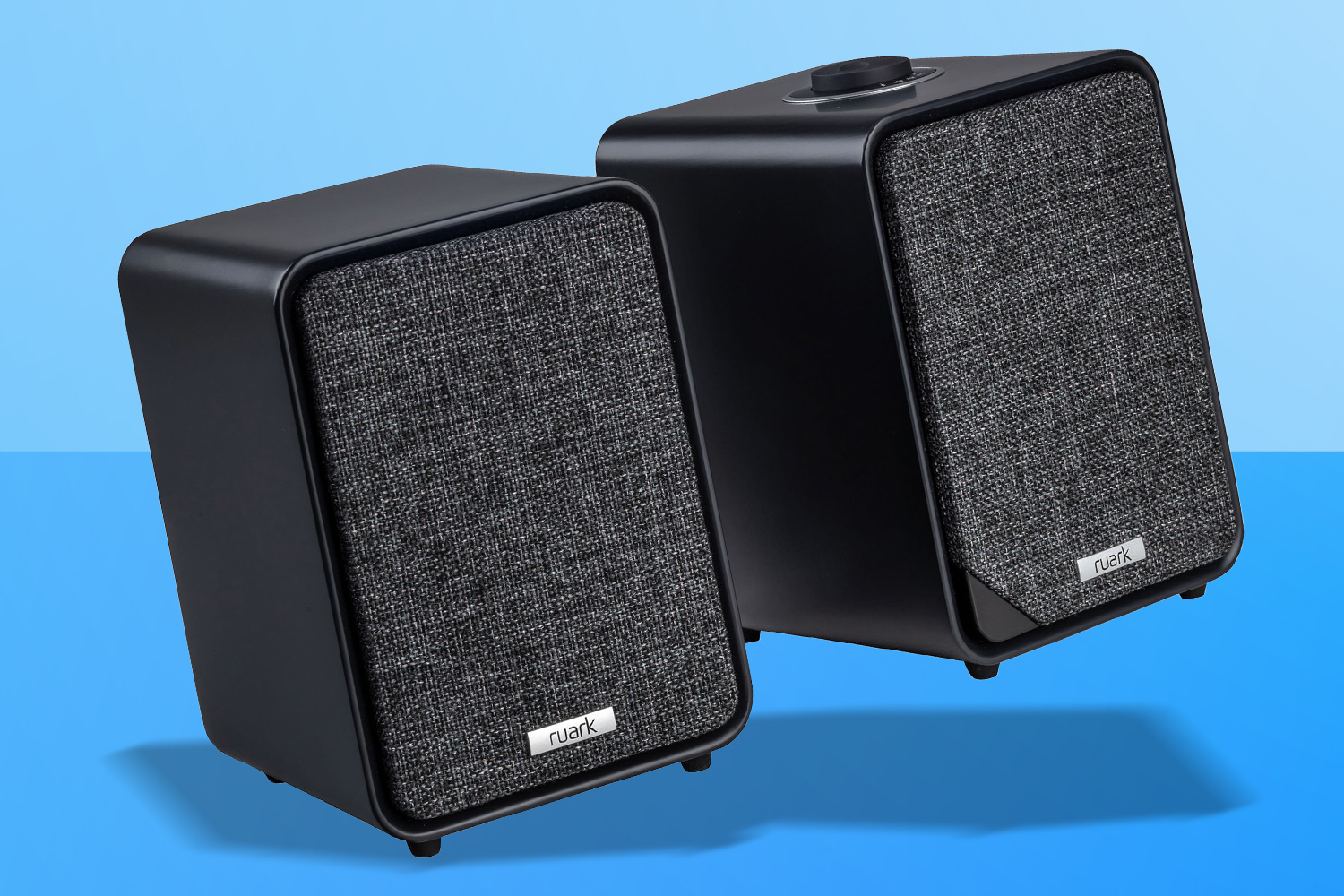I have a habit of annoying audiophiles. While I love playing and creating music, I’ve long been suspicious of an industry a little too happy with snake oil. Ludicrously spendy cables with equally ludicrously spendy ‘risers’. Special SSDs that somehow make digital audio sound ‘richer’. Downloadable audio files that feature frequencies only a terrifying bat-elephant hybrid could hear. Headphones that cost as much as a car, with audio output described in the same florid, over-the-top, extravagantly metaphorical way a wine critic might wax lyrical about a glass of plonk. In short: not keen.
I vividly recall attending an event for very high-end audio gear, representing a previous incarnation of the good ship Stuff. Another mag was there too, and I’m fairly sure their rep wanted to strangle me with a not ludicrously expensive cable. (Why waste the good stuff on murdering a fellow hack?) This was due to me growing tired of his snake-oil talk and countering with tales of my own. One about blind tests showing almost no discernible difference between connecting speakers with spendy cables and coat hangers. Another about how an excellent tech I know swore by a golden rule of always buying the “second-cheapest cabling”.
Amp it up

Said tech wasn’t a skinflint. His philosophy was to spend money where it matters – speakers – and keep everything simple. Which (finally) brings me to Ruark, whose MR1 speakers are Exhibit A in my more recent audiophile baiting.
For years, I lacked the cash and space for a proper audio setup. Eventually, I had both, but only half remembered my friend’s lesson. I bought cheap cables, but went full hi-fi nerd with black boxes that devoured space. One amp went WHUMP! every time it powered on and terrified the dog. It all seemed a bit much.
At some point, I snapped. I wanted something smaller. Neater. Simpler. Quite a bit of research later, my separates and speakers went on eBay, and a Ruark MR1 Mk2 set sat on my desk. These speakers promised quality audio in a compact form, connected to multiple sources, and had a gloriously tactile volume knob to twiddle. The sound was different from what I had before, but not worse. Within months, I’d hooked a second set up to the living room telly.
They’re still there, in all their basic stereo glory, which I’m sure irks quite a few folks. But I reason our TV setup isn’t supposed to be an IMAX. No one sits in an optimal surround-sound zone. Stereo is fine. And the Ruarks kick out enough bass that I’m not pining for a soundbar either.
Threes are good


Possibly because I won’t shut up about the Mk2s, Ruark lobbed a set of MR1 Mk3s my way to try. I approached with trepidation. The third film’s always a bit rubbish, right? And next to their predecessors, the Mk3s are a bit chonky. The soft grey finish has been replaced by boring black (sorry, ‘Satin Charcoal’) too, if you’re not keen on Woody McWood (‘Rich Walnut’).
I needn’t have worried. Firing them up was a reminder of why I loved the Mk2s in the first place and validation of my original plan to simplify. On the desk, the black finish fades nicely into the background, and the speakers are still small enough. More importantly, they sound great: loud, punchy and dynamic, with plenty of bass oomph – and clarity where it counts. The addition of USB-C input makes for cleaner connectivity too. The tiny remote is still laughably rubbish, but, hey, you can’t have everything.
So, yes, I made the right call years ago. I don’t need a stack of audio kit when bookshelf speakers can deliver the goods. The only question now is whether I need another set of Mk3s for the telly…
Ruark supplied a set of MR1 Mk3 speakers for testing, with no expectation of coverage. I already owned two sets of MR1 Mk2 speakers that I bought myself.










